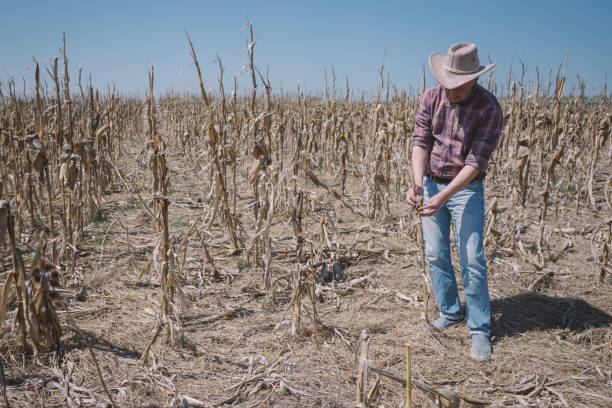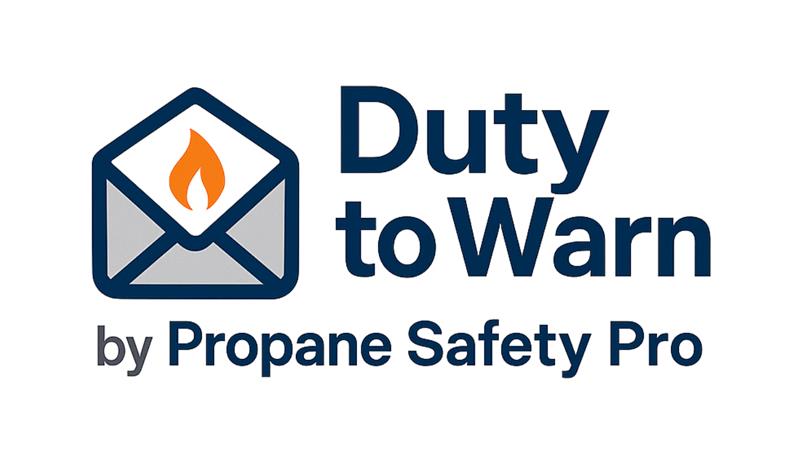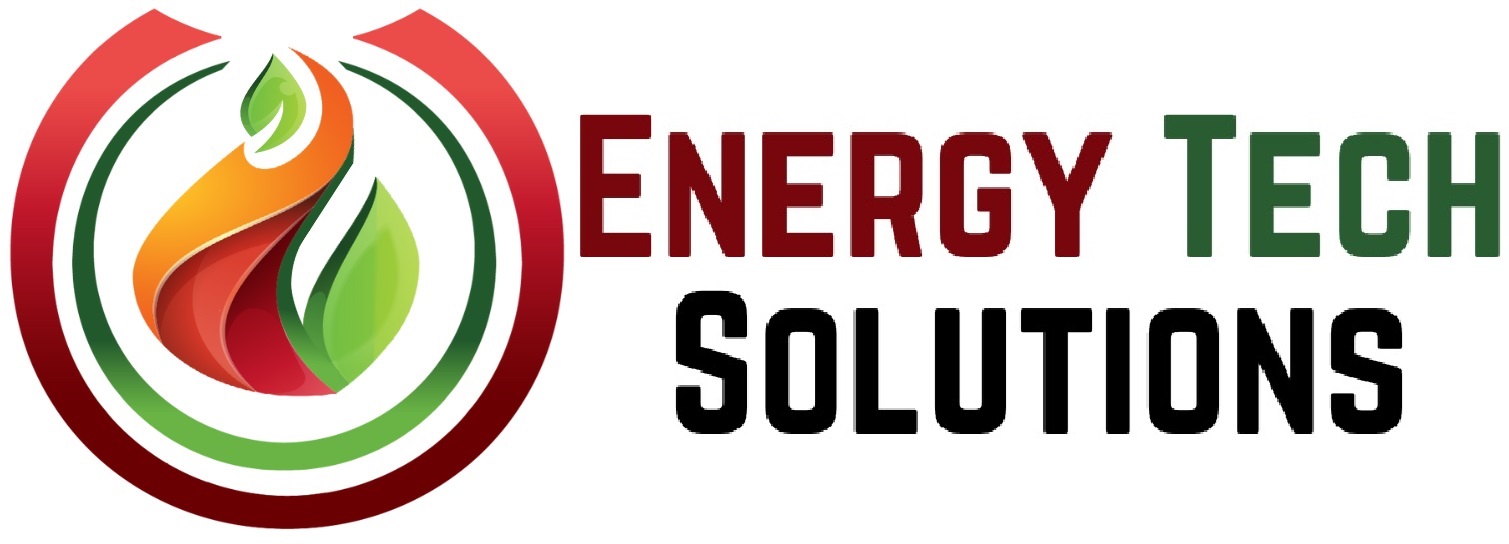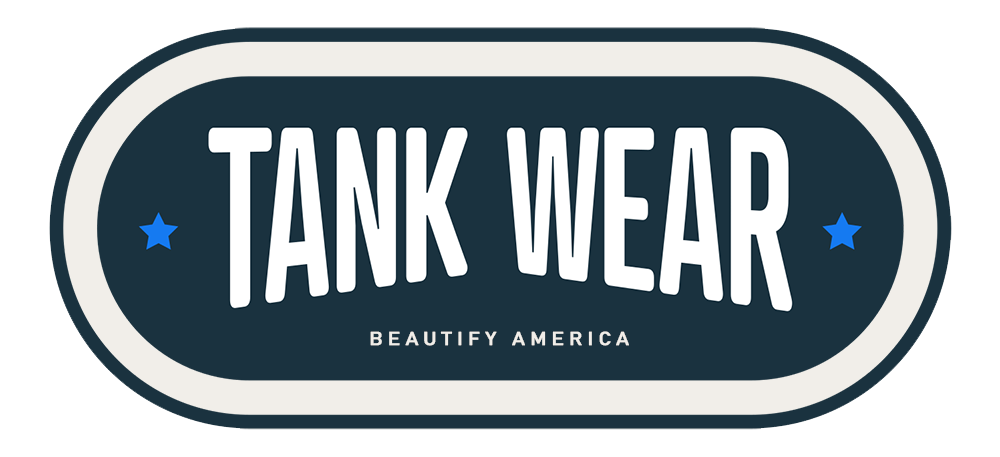Propane Demand for Crop Drying in the U.S. Faces Variability Amid Dry Conditions

Propane demand for crop drying in the U.S. is expected to show variability this year due to prevailing hot and dry conditions, which have reduced the moisture content of corn and soybean crops.
According to Michael Newland, Director of Agricultural Business Development at the Propane Education and Research Council (PERC), eastern U.S. states will likely witness average propane demand for crop drying. Ohio is expected to experience the highest usage level. However, North Dakota and South Dakota should see average needs. At the same time, states such as Illinois, Iowa, Nebraska, and Minnesota are projected to have below-average demand due to the persistently hot and dry weather.
One contributing factor to this scenario is that favorable spring conditions led to early crop planting, putting the harvest ahead of its usual schedule. This early harvest reduces the need for crop drying, typically when crops are harvested later.
This summer’s unprecedented heatwaves exacerbated drought conditions across much of the upper Midwest. In Minnesota, for example, a September 2023 crop report by the USDA revealed that 63% of pastures were in poor to poor condition as of September 3rd. Similarly, rangeland and pastures in Kansas, Iowa, and Missouri were nearly one-half poor to poor on the same date.
By September 3rd, 18% of U.S. corn crops had fully matured, and 53% of U.S. corn acreage was rated in good to excellent condition. However, the hot, dry conditions also stressed immature crops, with at least a quarter of U.S. corn rated as poor to very poor in Missouri (40%), Kansas (33%), Minnesota (25%), and Nebraska (25%), surpassing the national average of 18%, according to USDA data.
Currently, weather conditions will not impact the maturity of the corn crop, but significant rainfall could hamper farmers’ ability to harvest sooner, warned Keith Barnett, President of Energy Strategies International. “The record level of propane means the U.S. is in great shape going into the home heating season and livestock season,” Newland added.
With U.S. propane stocks now exceeding 100 million barrels and propane levels well above average in the Gulf Coast and Mid Continent regions, crop drying is unlikely to have a substantial impact on Mont Belvieu or Conway prices, according to Peter Fasullo, Principal at EnVantage Consulting.
Propane usage for crop drying can vary significantly from year to year, depending on harvest size, timing, location, corn moisture content, and weather conditions. On average, propane demand for crop drying could increase by an estimated 200,000 barrels per day during the six-to-eight-week period, primarily from mid-September to mid-November in the Corn Belt, Fasullo explained.
“In conclusion, propane crop drying demand is not expected to impact prices significantly,” Fasullo emphasized. “And if there is any impact, it will likely be brief due to the ample propane supply.”














